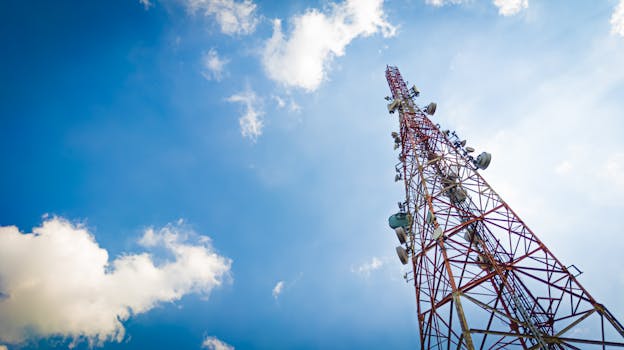
GEO Satellites: Unlocking the Power of Geostationary Orbit
GEO satellites, or Geostationary satellites, are a type of satellite that orbits the Earth at an altitude of approximately 36,000 kilometers, remaining stationary relative to a fixed point on the planet. This unique characteristic allows GEO satellites to provide continuous coverage of a specific region, making them ideal for a variety of applications, including telecommunications, weather forecasting, and navigation. In this article, we will delve into the world of GEO satellites, exploring their history, benefits, and applications, as well as the challenges and future developments in this field.
History of GEO Satellites
The concept of GEO satellites was first proposed by science fiction writer Arthur C. Clarke in 1945. However, it wasn’t until the 1960s that the first GEO satellite, Syncom 2, was launched by NASA. This pioneering satellite demonstrated the feasibility of geostationary orbit and paved the way for the development of modern GEO satellites. Since then, numerous countries and organizations have launched their own GEO satellites, expanding the range of applications and improving the technology.
Benefits and Applications of GEO Satellites
GEO satellites offer a wide range of benefits and applications, including:
GEO satellites provide continuous coverage of a specific region, allowing for real-time communication and data transmission. This makes them ideal for applications such as telecommunications, where they can provide internet connectivity, voice services, and video transmission. Additionally, GEO satellites are used for weather forecasting, navigation, and Earth observation, providing valuable data and insights that help us better understand our planet.
GEO satellites also play a critical role in disaster response and recovery. In the aftermath of a natural disaster, GEO satellites can provide emergency communication services, enabling rescue teams to coordinate their efforts and respond to affected areas more effectively. Furthermore, GEO satellites can be used for remote sensing, monitoring environmental changes, and detecting natural resources.
Challenges and Future Developments
Despite the many benefits of GEO satellites, there are also challenges associated with their use. One of the main concerns is the increasing amount of space debris in geostationary orbit, which can pose a risk to operational satellites and make it difficult to launch new ones. To address this issue, satellite operators and regulators are working together to develop guidelines and best practices for responsible satellite operations and debris mitigation.
Another challenge facing the GEO satellite industry is the rise of new technologies, such as Low Earth Orbit (LEO) satellites and High Altitude Pseudo-Satellites (HAPS). These emerging technologies offer improved performance, lower costs, and increased flexibility, which could potentially disrupt the traditional GEO satellite market. However, GEO satellites will likely continue to play a vital role in the satellite industry, particularly for applications that require continuous coverage of a specific region.
Conclusion
In conclusion, GEO satellites are a vital part of modern satellite communications, offering a wide range of benefits and applications. From telecommunications and weather forecasting to navigation and Earth observation, GEO satellites play a critical role in shaping the future of global connectivity. As the satellite industry continues to evolve, it is essential to address the challenges associated with GEO satellites, such as space debris and emerging technologies, to ensure the long-term sustainability of these powerful satellites.



